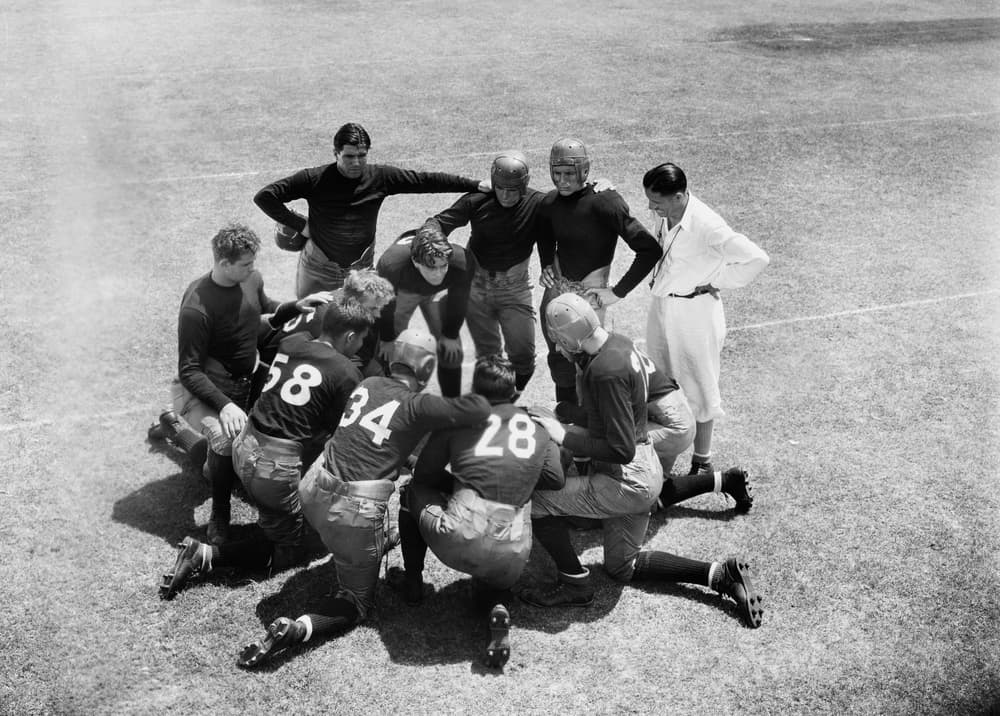
Good adjusters can tell if a claim is going to be trouble right away. They base this on several criteria, including the type of injury, if the worker is still working or off-work, date of birth, hire date for
that employer, the city the worker lives in, and additional comments made by the insured submitting the claim.
Type of Injury:
Click Link to Access Free PDF Download
“How Do I Get My Adjusters To Follow My Account Handling Instructions?”
This is the most obvious. Of course, an adjuster is going to scan right to the injury comments to see how bad the claim is going to be. This also determines how much attention the claim will get. If an adjuster gets the claim and the injury is a simple laceration or contusion, it is probably not going to get a super-thorough investigation. These claims are normally compensable since lacerations and contusions are generally sustained in the course and scope of employment. They usually do not include any lost time away from work, and bills are simple to read through and process.
At the other end of the spectrum are pending surgeries and subjective strain-like soft tissue injuries. The adjuster knows if the word “surgery” is included in the injury description, a lot of work is going to lie ahead. This is especially true if the word “surgery” is paired up with a strain injury to the low back, shoulder, or knee. This means the injury sustained was bad enough to warrant the need for a surgical procedure, and that will include lost time from work and a thorough investigation to see if the claim will be compensable.
Still Working or Off Work:
If the worker is still working, either on restrictions or not, the adjuster will breathe a sigh of relief because that roadblock has already passed. Getting a worker to remain working is half the battle. If the injured employee is working, it means the adjuster can focus on gathering statements from all parties and securing medical records first and then determine if the claim is compensable or not.
If the worker is off work, the adjuster knows she has to hurry, since every day is another day of accrued lost-time wages. Many jurisdictions have a time limit for the investigation of the claim, so the adjuster must hurry to gather all the information needed to figure out if the claim will be accepted.
Date of Birth:
After looking at the injury, the adjuster will then peer toward the date of birth. This will also hold a lot of clues if the claim is going to be a problem. A rule of thumb is the higher the age, the longer it will take to get back to full duty because it takes an older body longer to heal when an injury occurs. If a 25-year-old worker sustains a strain injury, they will typically be able to rehab faster than a claimant who is 75-years-old. The younger worker will also have fewer prior medical problems to have to overcome, including arthritis, prior surgeries, scar tissue, diabetes, etc. All of those issues will lead to longer rehab time, which stretches out the life of the claim.
Age also plays in factor in recovery post-surgery. If a 70-year-old worker falls on his arm and fractures his wrist, you automatically know it is going to cost more medically than if the same injury occurred to a worker who is 23-years-old.
Date of Hire:
This factor will come in to play more often with subjective injuries. If a new hire sustains a back strain, the adjuster will perhaps raise an eyebrow, wondering if this new hire is trying to pull off a fake injury. But, you can also look at it the other way. Newer hires are less experienced, and they may be trying to do too much at once to impress their employer, leading to the injury. Newer hires also may not have the experience operating machinery, leading to lacerations or contusion-type injuries.
City Employee Lives:
This factor will tell the adjuster what doctors are around the area where the employee lives. If it is a rural area, maybe the town does not have an occupational clinic, which leads the worker to seek out treatment with their primary care physician. This can cause an issue gathering documentation, medical records, and medical restrictions for work, etc. The primary care docs are not that familiar with work comp, so they do not document as well as occupational clinics. This leads to delays in getting the correct info to the adjuster to review for claim compensability.
Workers living in more urban areas also have a benefit because there are more specialty doctors. It will not take a claimant a month to see an orthopedic doctor or a hand specialist. This will speed the claim up, because the worker is being directed to the right physician who can treat appropriately, without delay. Medical care is generally less accessible in rural versus urban areas.
Additional Comments:
The last thing the adjuster glances at is to see if the person that submitted the claim has anything else to add. This is where the employer can help an adjuster out. If the employer knows there are some outside issues potentially making a claim not compensable, it will give the adjuster a running start that the claim just does not add up. Plus the adjuster can raise the red flag that there needs to be a proper, detailed investigation right off the bat. The adjuster can also file the paperwork with the State for an extension to their investigation, so penalties do not get handed out to the carrier for delays. Or the claim can be “paid without prejudice.”
The employer can also indicate other items that will help the adjuster. Examples are the claim was filed to process bills, or the injury was not questionable and the worker is ok. This helps the adjuster know the claim is not questionable, and they can set it up, make their contacts, process the claim, and close the claim down without keeping it open longer than it needs to be.
When an adjuster gets a new claim, he or she looks at the above criteria before picking up the phone or sending an email. The employer can greatly help the adjuster by completing all the information on the First Report of Injury and adding any comments that would be helpful to the adjuster in their investigation. This will help steer the adjuster in the initial phase of the file, leading to the desired outcome.

Contact: mstack@reduceyourworkerscomp.com.
Workers’ Comp Roundup Blog: https://blog.reduceyourworkerscomp.com/
©2018 Amaxx LLC. All rights reserved under International Copyright Law.
Do not use this information without independent verification. All state laws vary. You should consult with your insurance broker, attorney, or qualified professional.














